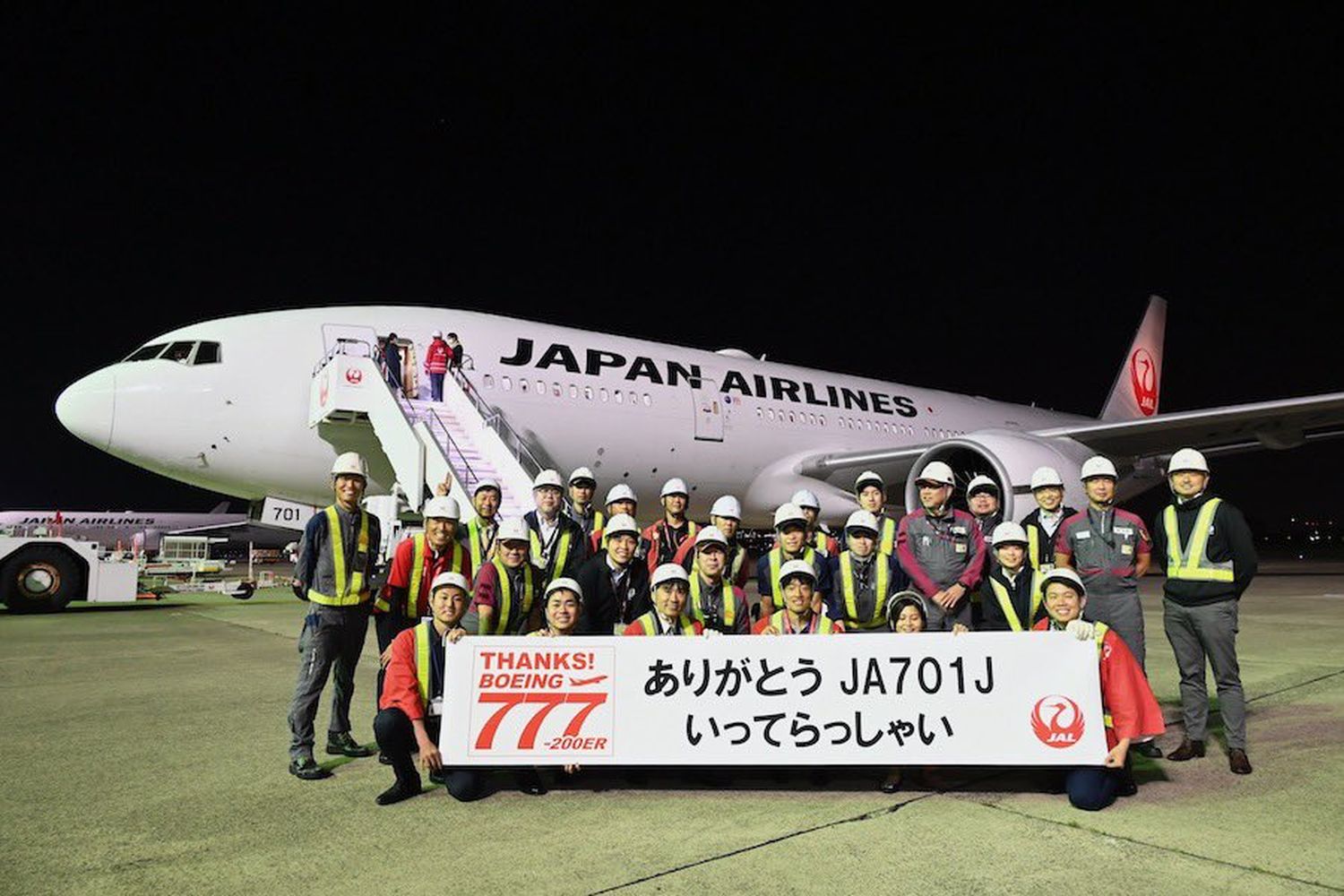Japan Airlines recently made its final commercial flight with the iconic Boeing 777-200 (ER), a model the airline contributed to developing three decades ago. Flight JL8132 marked the end of the Boeing 777-200 and -200 (ER) era in the airline’s fleet, traveling from Tokyo-Haneda (HND) to Los Angeles (LAX) on the aircraft registered as N701J.
At its peak, the company operated 26 of these aircraft, with 15 of the -200 version for domestic flights and 11 of the long-range -200 (ER) for international and regional routes.
The Legacy of Japan Airlines’ Boeing 777s
In a quest for a high-performance, long-range aircraft to compete with McDonnell Douglas MD-11s and replace the trijet DC-10 and L-1011 «Tristar», Boeing began developing the Boeing 777. Japan Airlines was among the eight initial customers involved in its development.
The first Boeing 777 was delivered to Japan Airlines on February 15, 1996. It was initially used for domestic flights and to replace the iconic, high-density Boeing 747-100SRs.

There was no existing model to replace Japan Airlines’ high-density jumbos. The initial Boeing 777-200s were configured for 389 passengers. When the first Boeing 777-300s arrived in 1998, they had a capacity for 500 seats, completing the replacement of the Boeing 747s in the domestic market. Both triple seven models were prematurely retired in 2021.
Related: Japan Airlines Retires Domestic Boeing 777 Fleet
The replacement of the intercontinental Boeing 747s began in 2002, with the introduction of the first Boeing 777-200ER, registered as JA701J, the last Boeing 777 in the Japan Airlines fleet.
All retired Boeing 777s were scrapped for spare parts. However, the airline will continue to operate the -300 (ER) version, with thirteen aircraft solely for international routes.
The New Generation: Airbus A350
Japan Airlines’ first Triple Seven models were replaced by the Airbus A350-900. The airline currently operates sixteen of these models and expects the delivery of two more. The -300 (ER) will retire in March 2025 and be replaced by thirteen Airbus A350-1000s.
These new aircraft are far from the high density of 500 seats offered by the -300 (ER). Now, the A350-900s are the highest-density aircraft in their fleet, with 391 seats


Comentarios
Para comentar, debés estar registrado
Por favor, iniciá sesión